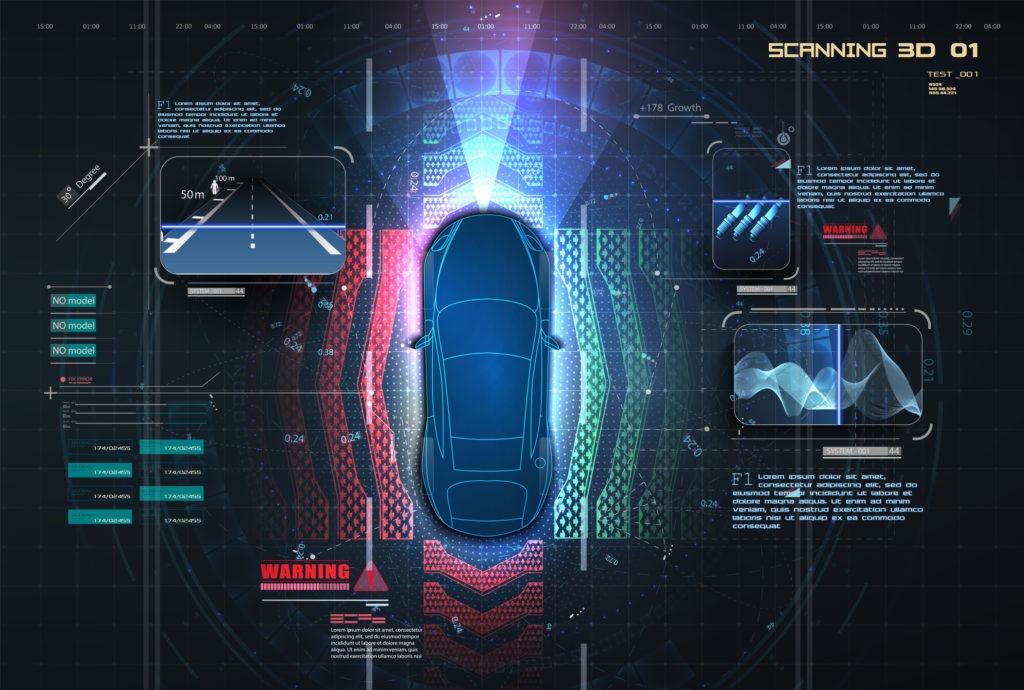Who is developing autonomous-vehicle technology and how will they market it?
01 December 2021

The world of autonomous-vehicle technology is constantly evolving. Established OEMs and startups alike are investing huge amounts of time and money in what they predict will be the future of transportation.
While this is good for development, it can leave those outside the industry playing catchup. For example, investors may not know who is leading the charge on sensors or consumers might not be up to date with the latest technical jargon. However, different organisations are working to fill this information gap.
The UK’s Smart Mobility Living Lab London (SMLL) and April Six have produced a global directory of developers who are working on automated transport. Meanwhile, the country’s Society of Motor Manufacturers and Traders (SMMT) has set out five principles for marketing autonomous vehicles.
Global tracking
Outlining the key movers involved in automating transport and personal-mobility solutions, the Global Directory of Autonomy maps out a rapidly-developing sector. The guide is a joint effort of SMLL, an urban-mobility testbed run by Transport Research Laboratory (TRL), and mobility marketing agency April Six.
In its first edition, the living document contains hundreds of organisations from across the globe. It provides a snapshot of the autonomous-technology market and an entry point for researchers. Readers can view the sector through several lenses such as technology type, country, technology readiness, market-capitalisation values, or collaborations.
‘The boundaries between hardware and software are blurring. Infrastructure, vehicle and personal technology is no longer clearly defined and so we invite you to explore our map of Journeymakers,’ said Lucian Linders, general manager at the Smart Mobility Living Lab.
Autonomous marketing principles
The SMMT’s new principles covering autonomous vehicles aim to promote clear, consistent, and comprehensible marketing. The guidelines were developed alongside the UK government’s Centre for Connected and Autonomous Vehicles’ AV-Drive Group.
‘It is essential that this revolutionary technology is marketed accurately and responsibly, and we are delighted to have brought together industry, government and other key stakeholders to develop a series of guiding principles that will ensure consumers will have clarity and confidence over their capabilities from when these advanced vehicles first make their way into showrooms,’ said SMMT chief executive Mike Hawes.
The SMMT’s five guiding principles state:
- An automated feature must be described so as not to mislead. This includes outlining the circumstances in which it functions.
- An automated-driving feature must be described in a way that allows it to be distinguished from an assisted-driving feature.
- Where both automated and assisted features are described, they must be distinguishable from one another.
- An assisted feature should not be described in a way that could give the impression it is an automated feature.
- The name of an automated or assisted-driving feature must not mislead. Supplementary words may be necessary to avoid confusion. For example, an assisted-driving feature may need to make clear it always requires driver control.
‘These guiding principles are a key milestone in ensuring there is no confusion around the capabilities of assisted-driving systems and future automated systems, as well as the responsibilities of the drivers using them. We have long advocated consistency of terminology,’ said Matthew Avery, director of research at Thatcham Research.
He explained that there are two states, one where a driver is supported by technology or where the driver is effectively being replacing the driver. There is a need for manufacturers to use simple marketing which does not over-promise functionality. This means consistent messaging across all material as well as through dealership education and any subsequent engagement with consumers.
The SMMT’s new guidelines should help answer questions like: should automated lane-keeping systems be labelled self-driving? Recent court cases in Europe have highlighted the disconnect between technological advances and public knowledge. In 2020, Tesla was banned from using adverts in Germany that reference its ‘Autopilot’ system as a fully-autonomous driving experience.
Still confused about the ever-developing technology? Autovista24’s explainer series answers the question: what is an autonomous vehicle?



